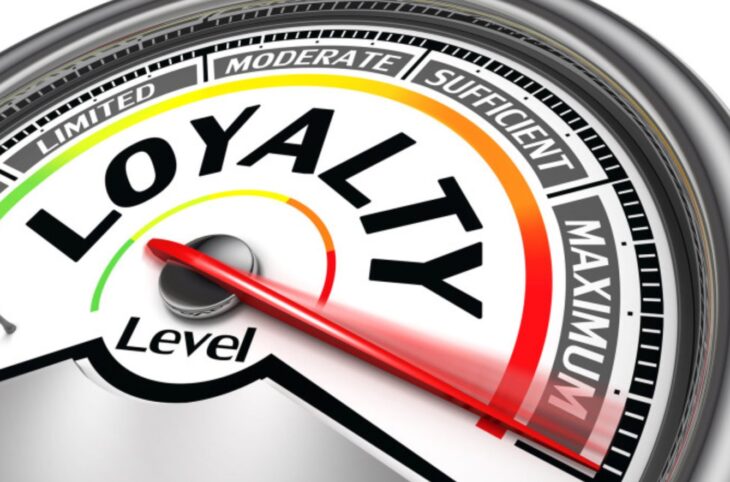
What Makes Customers Loyal to a Brand?
Some customers exhibit brand loyalty, consistently going back to the same brands for their needs, rather than turning to a competitor. Increasing brand loyalty could be tremendously beneficial for a company; higher brand loyalty means more revenue from your existing customers, more chances to attract new customers, and less of a threat from your competition.
But what is it that makes customers loyal to a brand, and how can you achieve higher loyalty?
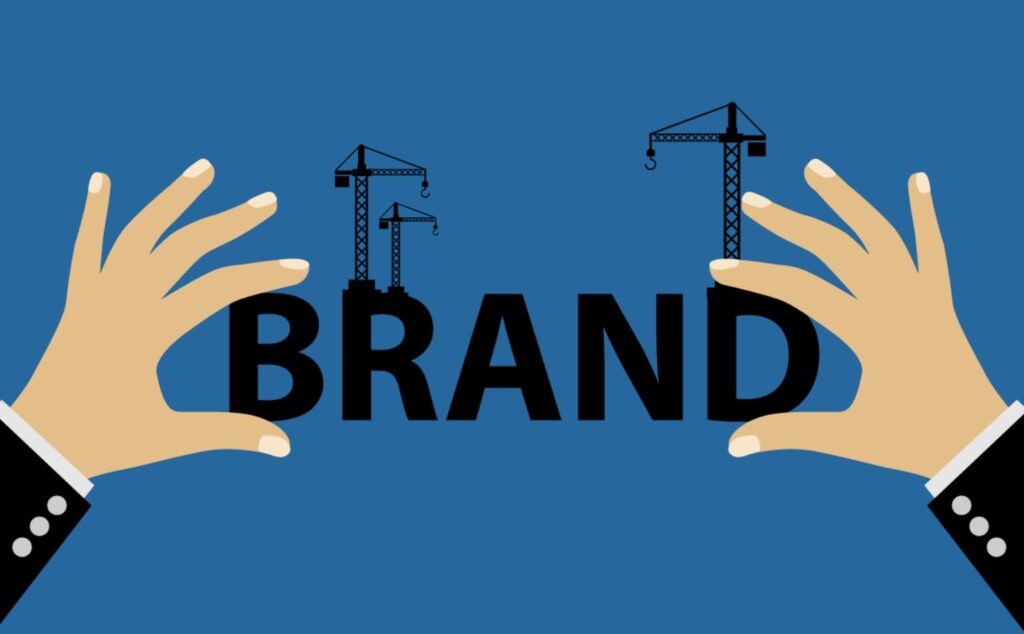
How to Measure Brand Loyalty
Before you can optimize your business to increase brand loyalty, you need some way to measure brand loyalty. In other words, how can you objectively determine the current levels of loyalty exhibited by your customers, and how can you track whether your strategies are increasing that loyalty?
One way to accomplish this is to measure Net Promoter Score, customer satisfaction score, and other customer experience metrics. You’ll use a variety of surveys, including both objective questions and open-ended qualitative questions, to get an accurate measurement of customer sentiment. You can also use tools such as Delighted to accurately analyze your customers’ data and feedback. Over time, you can track whether your scores improve; you can also review individual comments to determine what specific steps your business can take to improve.
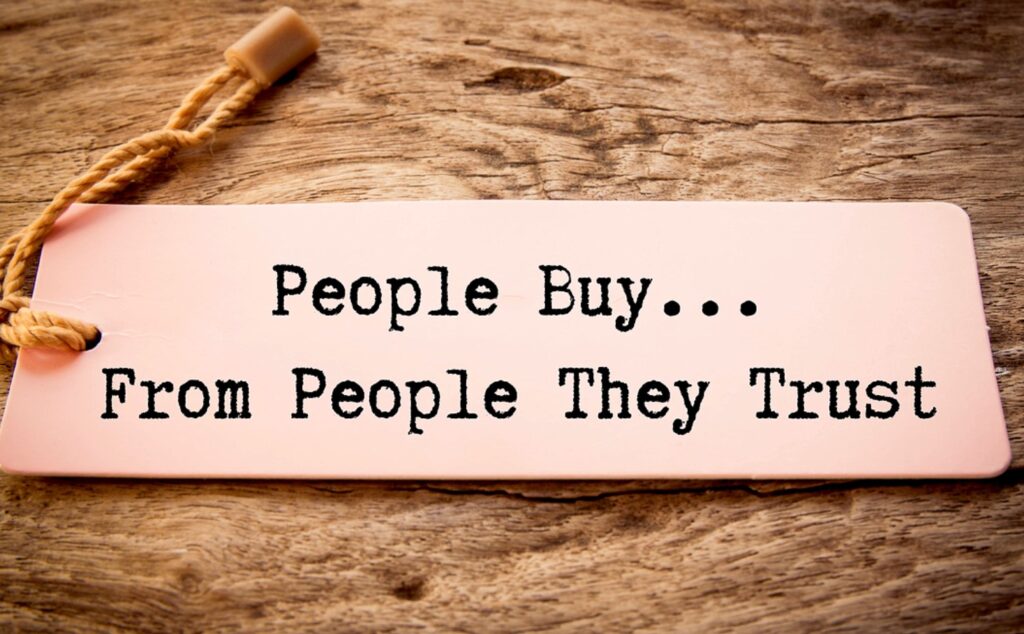
Why Customers Leave
To better understand customer loyalty, we first need to understand why customers leave. Why is it that customers abandon one brand in favor of another?
Typically, it’s due to some combination of the following:
- Better quality products elsewhere. Let’s say you’re selling a car that gets 30 miles to the gallon, and your competitor is selling a car that is identical in every way, except it gets 45 miles to the gallon. The competitor’s car is strictly better than yours, so the rational decision would be to choose it over yours—and no amount of brand loyalty will be able to overcome that gap.
- Better pricing elsewhere. Unsurprisingly, price is a major variable when analyzing customer purchasing activity. Though this varies by industry, in most businesses, customers will be driven to get the best possible product for the lowest possible price. If stuck between two identical options, customers will tend to favor the less expensive choice. If a competitor starts to offer lower prices for similar products and services, your customers will feel compelled to make the switch.
- Bad customer service. Few things get customers to leave a brand faster than bad customer service. If a customer calls you for help and you’re unable to provide it, or if they’re unable to reach someone helpful, they may be so frustrated they swear to never work with you again. Obviously, this also holds true if they encounter a customer service agent who is rude or particularly unknowledgeable.
- Lack of brand familiarity or memorability. Sometimes, customer decisions are less motivated by a bad experience and more motivated by apathy. If a customer doesn’t know that your brand exists, or if they can’t remember buying from you in the past, they’ll have no reason or motivation to buy from you again. They’ll begin their next purchasing decision as if it were the first time they were making it.
- Lack of brand engagement. Sometimes, even loyal customers can feel disengaged if they haven’t seen or heard from your brand in a long time. If you aren’t making a concentrated effort to stay top-of-mind, they may gravitate toward a competitor that has a much more active, memorable brand presence.
- Lack of incentives to stay. Are there any solid practical reasons why a customer would remain loyal to you? For example, do you provide discounts and freebies to repeat customers, or do you have any kind of loyalty program in place? If not, there will be no friction preventing your customers from going with a competitor.
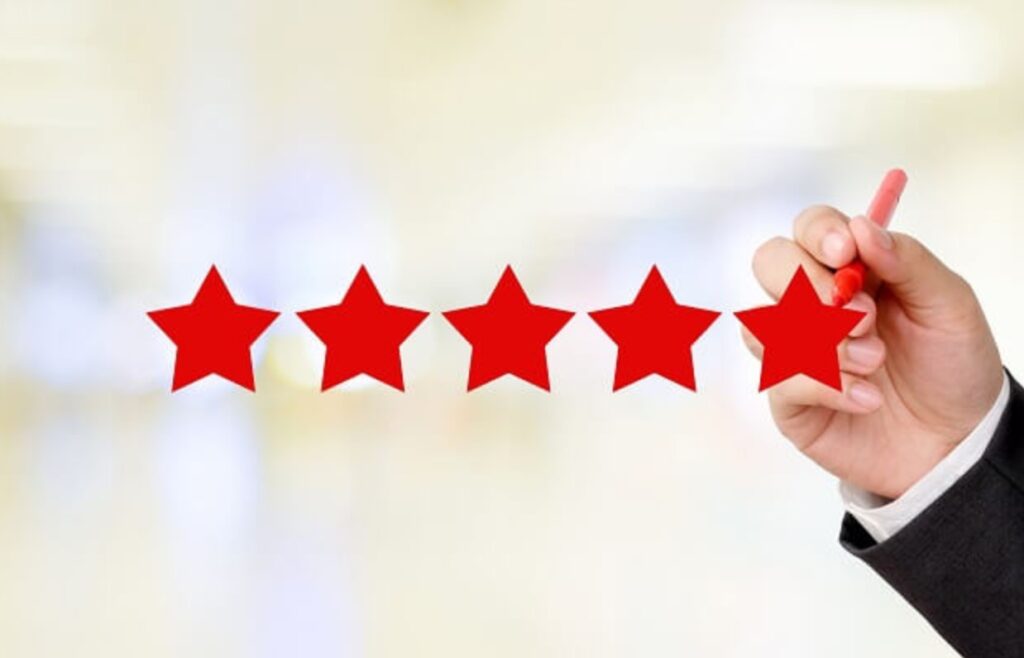
What Makes Customers Loyal?
So what is it that makes a customer loyal to a brand?
You can improve your customer loyalty by focusing on the following:
- Amazing deals. You can start by offering your customers more amazing deals. Depending on the nature of your business, that could mean sharply improving the quality of the products and services you offer, or it could mean slashing prices. If you’re finding it difficult to remain competitive with better products and lower prices, consider offering something else of value to your customers, such as a better overall experience.
- Exemplary customer service. Customer service can make or break customer loyalty, so it needs to be one of your highest priorities. Spend a lot of time training your employees. They should be highly knowledgeable on the products and services offered by your brand, and dedicated to giving customers the best possible experience—especially when they have an issue that needs to be resolved.
- Consistent, present branding. Take some time to audit and reevaluate your brand. Is it memorable to your audience? Is it consistent across all channels? Are you spending enough on marketing and advertising?
- Regular engagement. Once you have a consistent brand in place, make sure you use it to engage with customers regularly. Get active on social media, send out regular email blasts, and make other efforts to get in front of your customers as often as possible. Don’t let them forget about you.
- Customer loyalty programs. Offer an incentive for customers to keep buying from your brand. That could mean allowing them to earn redeemable points on every purchase, or offering lower prices to established customers. Any incentive to stay will work in your brand’s favor.
- Stickiness. Finally, try to optimize for “stickiness,” or a product’s compelling appeal to keep using it. Your products and services should be so useful, so engaging, and so ingrained in your customer’s lives that they never want to stop using them.
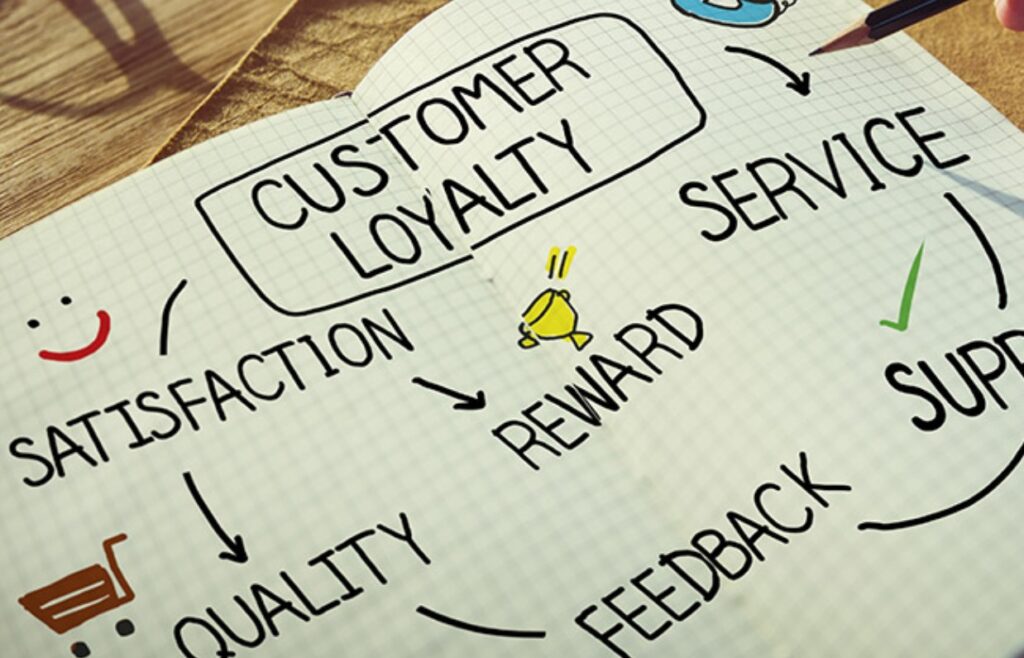
Improving your business is rarely a simple matter. Sometimes, all it takes is a small tweak—like an adjustment to pricing—to make a measurable improvement. But more often, you’ll need something much more intensive, like an overhaul to your employee training or a facelift for your branding. But these improvements are necessary if you want to increase customer loyalty and stop losing customers to your top competitors.